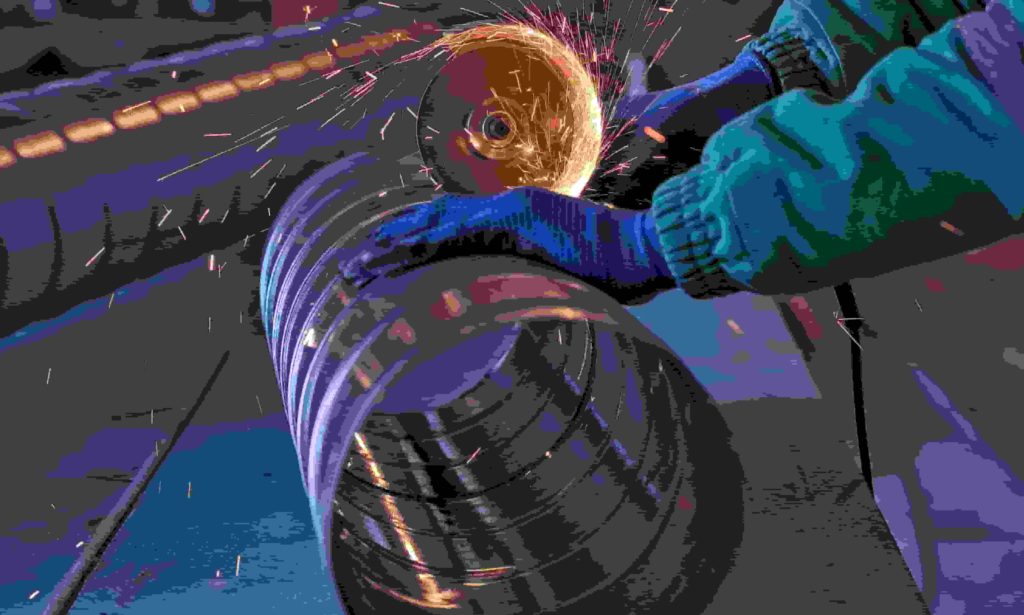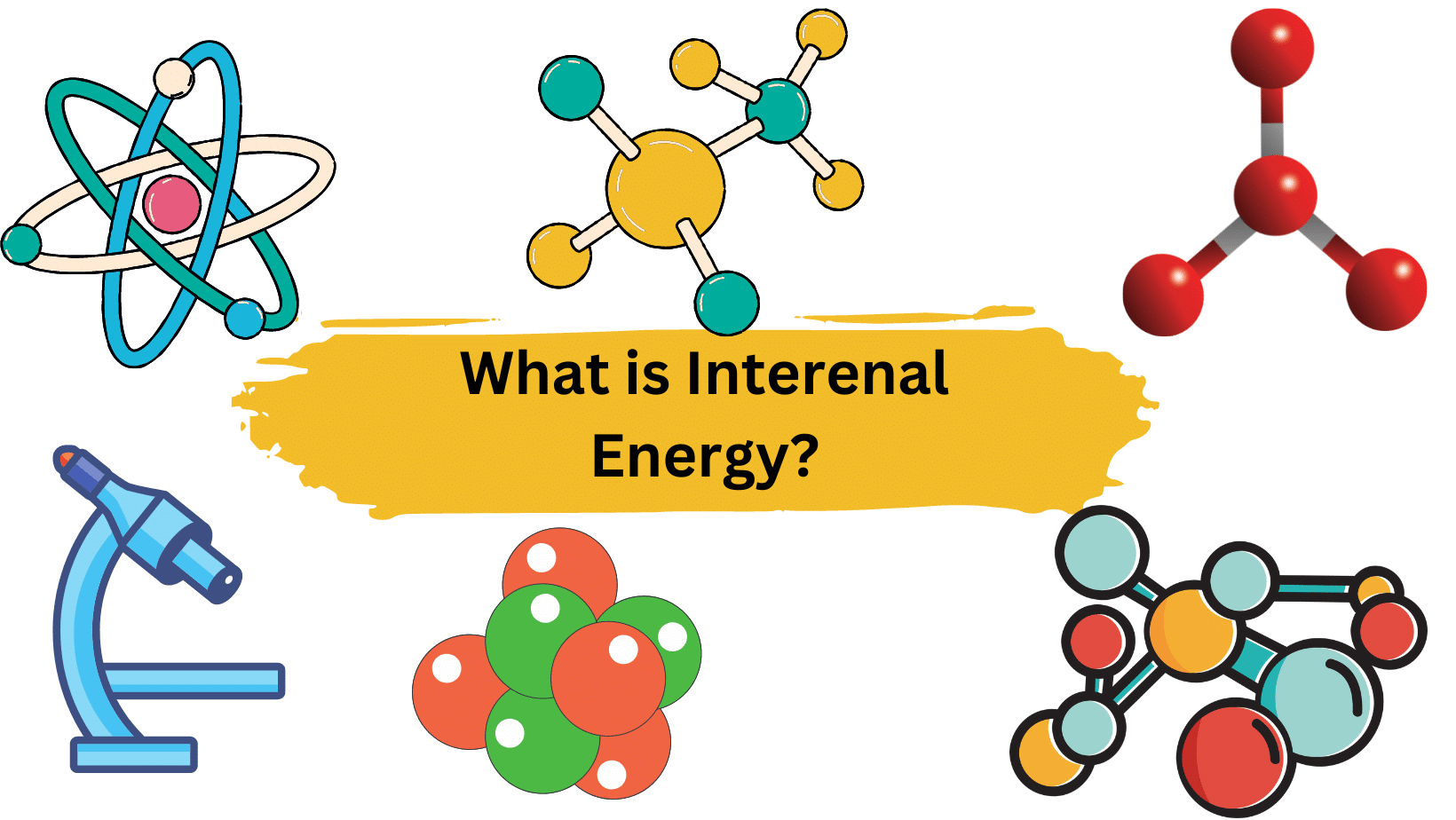Longitudinal waves are waves in which the medium’s vibration is parallel to the wave’s travel direction and the medium’s displacement is in the same (or opposite) direction as the wave’s propagation. The displacement of the medium in longitudinal waves is parallel to the wave’s propagation. Sound waves, seismic P-waves, and ultrasonic waves are all examples of longitudinal waves.
In addition, Longitudinal waves are also termed pressure waves because their propagation in a medium involves changes in pressure and volume of air caused by compression and rarefaction.

As shown in the figure, A longitudinal wave may be created in a stretched spring by compressing and releasing the coils in a tiny location. The disturbance will then spread as a longitudinal pulse.
- Compressions are high-pressure areas caused by particles being close together.
- Rarefactions are areas of low pressure caused by particles spreading farther apart.
Table of Contents
Longitudinal waves examples
The particle motion in longitudinal waves is always parallel to the wave motion. A classic example of a longitudinal wave is a sound wave moving through the air. Some examples of longitudinal waves are given below:
- Speaking on the mic. A sound wave is a significant example of a longitudinal wave.
- Clapping.
- Tsunami Waves.
- Earthquake (Seismic-P wave).
- Vibration in Window Panels after a Thunder.
- Music Woofers
- Sound waves: Sound is a type of longitudinal wave that travels through air, liquids, and solids. We hear sound when longitudinal waves are detected by our ears.
- Ultrasound waves: Ultrasound waves are used in medical imaging to create images of internal organs and tissues. These waves are longitudinal and can pass through different types of tissues in the human body.
- Pressure waves: Pressure waves are longitudinal waves that travel through fluids such as air or water. When we talk or shout, we create pressure waves that can be detected by microphones.
- Vibrations in springs: Springs exhibit longitudinal waves when they are compressed or stretched. The vibrations travel through the length of the spring, causing it to oscillate back and forth.
- Shock waves: Shock waves are a type of longitudinal wave that occurs when an object moves through a medium faster than the speed of sound. This creates a sudden pressure change that produces a wave of compressed air. Examples include sonic booms produced by supersonic aircraft.
A sound wave is a sort of longitudinal wave produced by the vibrating motion of particles moving through a conductive medium. Sound waves moving in a longitudinal direction are illustrated by the tuning fork.
Important Points
| Characteristic | Description |
|---|---|
| Definition | A longitudinal wave is a type of wave where the oscillations or vibrations occur parallel to the direction of energy transfer. |
| Examples | Sound waves, seismic waves |
| Waveform | The waveform of a longitudinal wave appears as a series of compressions and rarefactions in the medium through which the wave is travelling. |
| Speed | The speed of a longitudinal wave depends on the properties of the medium through which it is travelling. For example, sound waves travel faster through solids than through gases. |
| Amplitude | The amplitude of a longitudinal wave is the distance between the rest position of the medium and the maximum displacement of the wave. |
| Wavelength | The wavelength of a longitudinal wave is the distance between two consecutive points on the wave that is in phase with each other. |
| Frequency | The frequency of a longitudinal wave is the number of complete oscillations or cycles that occur in one second. |
| Doppler Effect | The Doppler Effect is observed in longitudinal waves when the source of the wave is moving relative to the observer, causing a shift in the frequency of the wave. |
The characteristics of longitudinal waves
- Longitudinal waves are mechanical waves because they transfer energy but do not matter.
- All longitudinal waves require a medium to travel. Only electromagnetic waves do not require a medium to propagate.
- Longitudinal waves cause the medium to move parallel to the direction of the wave.
- Instead of peaks and troughs, longitudinal waves have compressions and rarefactions.
- The energy travels in the same direction as the particles vibrate.
- Longitudinal waves are unable to be polarised because their particles vibrate in the same direction as the wave.
Related Formulas
There are several formulas related to longitudinal waves. Here are some of them:
- Wave speed formula: The speed of a longitudinal wave can be calculated using the following formula:
v = fλ
where
v is the wave speed;
f is the frequency of the wave;
λ is the wavelength of the wave. - Wave period formula: The period of a longitudinal wave is the time it takes for one complete cycle or oscillation to occur. The period can be calculated using the following formula:
T = 1/f
where T is the period, and f is the frequency of the wave. - Wave amplitude formula: The amplitude of a longitudinal wave is the maximum displacement of the wave from its equilibrium position. It can be calculated using the following formula:
A = (P2 – P1)/2
where
A is the amplitude;
P2 is the maximum pressure point;
P1 is the minimum pressure point. - Intensity formula: The intensity of a longitudinal wave is the amount of energy per unit area that the wave carries. It can be calculated using the following formula:
I = P²/2ρv
where I is the intensity,
P is the pressure amplitude;
ρ is the density of the medium;
v is the wave speed.
Advantages and Disadvantages of Longitudinal Waves
| Advantages | Disadvantages |
|---|---|
| Longitudinal waves can travel through various mediums, making them versatile for use in different applications, such as medical imaging and ultrasonic testing. | The direction of longitudinal waves is limited, and they cannot travel long distances. |
| They are easy to produce and detect, making them useful in many fields. | Longitudinal waves are subject to interference, which can affect their quality and accuracy. |
| Longitudinal waves can provide information about the properties of the medium through which they are travelling, such as density and elasticity. | High-intensity longitudinal waves can cause damage to living tissue. |
| They can be used in a variety of scientific and industrial applications, such as non-destructive testing, material analysis, and earthquake detection. | Longitudinal waves are not suitable for certain applications, such as underwater communication, where other types of waves are more effective. |
More Interesting Topics
Crest of a Wave| Wave Properties
Transverse waves
Light Energy| 5- Easy Examples
Ultimate Source of Energy
White Light & Working Principle of Prism
The Spring Constant & Spring Force Concept
Summary
A wave is a periodic disturbance that transports energy but does not have mass. Longitudinal waves are always distinguished by particle motion that is perpendicular to wave motion. Compressions are areas of intense pressure caused by particles that are close together. Rarefactions are areas of low pressure caused by particles spreading farther apart. A classic example of a longitudinal wave is a sound wave flowing through the air.
Multiple Choice Questions
- What types of waves are used in medical imaging to create images of internal organs and tissues?
A) Transverse waves
B) Longitudinal waves
C) Electromagnetic waves
D) Mechanical waves
The correct answer is B) Longitudinal waves.
- What type of waves are produced when we talk or shout?
A) Transverse waves
B) Longitudinal waves
C) Electromagnetic waves
D) Mechanical waves
The correct answer is B) Longitudinal waves.
- What type of waves are used in radio and TV broadcasting?
A) Transverse waves
B) Longitudinal waves
C) Electromagnetic waves
D) Mechanical waves
The correct answer is C) Electromagnetic waves.
Frequently Asked Questions
1. Are sound waves longitudinal or transverse?
Sound waves are longitudinal waves, which means they travel by compressing and rarefaction of their medium.
2. What is the difference between transverse and longitudinal waves?
In longitudinal waves, the particles in the medium through which the wave travels oscillate parallel to the direction of motion. Transverse waves, on the other hand, oscillate perpendicular to the direction of motion. Light and, to a lesser extent, ocean waves are common examples of transverse waves.
3. What is the wavelength of a compression wave?
The wavelength of a compressional wave is the distance between one compression and the next compression, or from one rarefaction to the next rarefaction.
4. Does energy have a density?
The quantity of energy that may be stored in a particular system, substance, or region of space is referred to as energy density. It can be measured in terms of energy per volume or energy per mass. The more energy a system or substance has stored, the higher its energy density.
5. What happens when gamma rays decay?
Gamma decay occurs when a nucleus transitions from a higher energy level to a lower energy one via emitting electromagnetic radiation (photons). Because the number of protons (and neutrons) in the nucleus remains constant during this process, the parent and daughter atoms are the same chemical element.
6. What is the difference between photonics and optics?
Optics is a broad field of physics that includes subjects such as physical optics, ray optics, and practical applications such as lasers and antenna theory. Photonics is an optical application field with a wide range of applications in fiber optics, signal processing, and wireless communication.
7. Stress in physics?
In physics, stress is defined as the force acting on a material’s unit area. Strain is the term used to describe the effect of stress on the body. The body can be deformed as a result of stress.
8. Do Quarks vibrate?
Atoms are the building blocks of all stuff. Atoms are made up of electrons that circle a nucleus of protons and neutrons, which are made up of quarks. According to string theory, electrons and quarks are basically microscopic vibrating loops of energy.
More Interesting Links
- BCl3 Lewis Structure in four simple steps - November 1, 2023
- PH3 Lewis Structure in four simple steps - October 8, 2023
- PF3 Lewis structure in four simple steps - September 24, 2023



